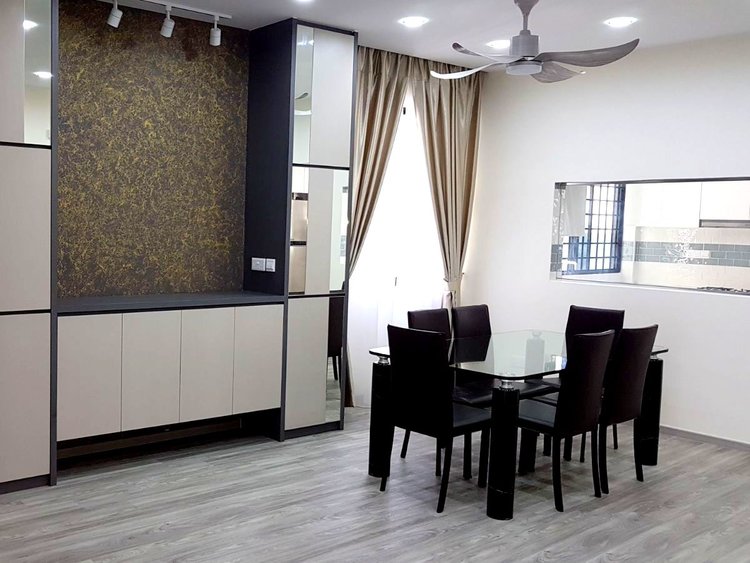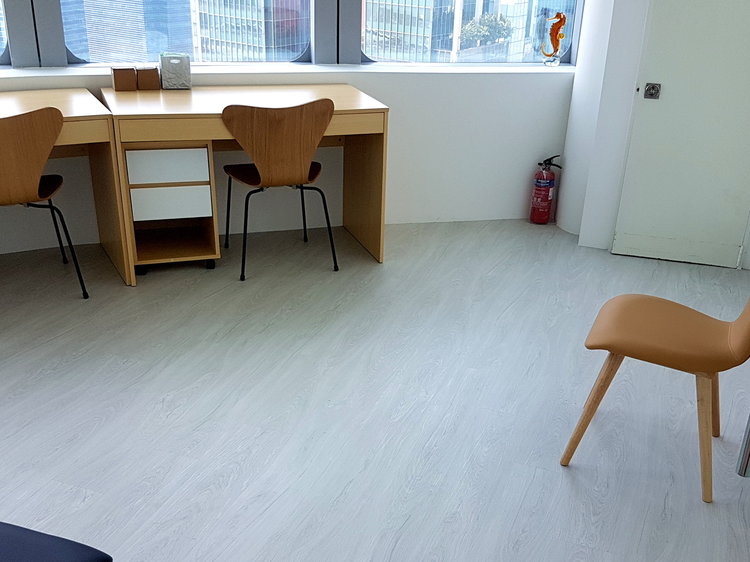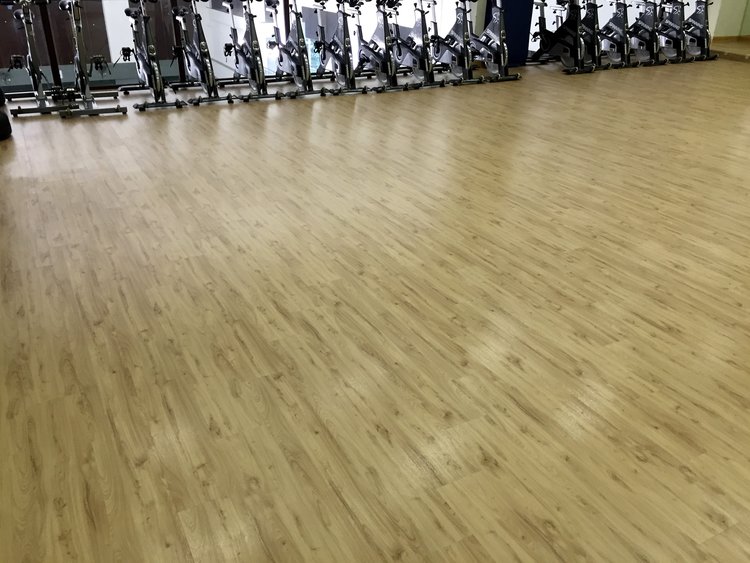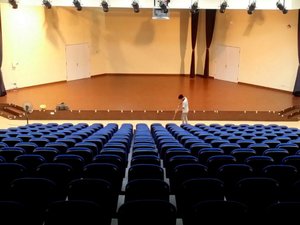Blog post -
7 Differences – Wood Laminate Flooring vs. Vinyl Flooring
Premium Resilient Flooring (PRF™), this comparison guide will reveal the basic differences to you, and help you make more informed choices when choosing a new flooring for your home.
1. Material
Laminate Flooring: Usually made of recycled wood, it comes with problems such as mildew, decay, and termites. Hence, it usually has a shorter lifespan than vinyl flooring. A layer of computer-generated wood-grain detail lays underneath a transparent wear layer on the surface of wood laminate planks.

Premium Resilient Flooring (PRF™): It realistically mimics the appearance of real wood without actually using wood. Made of PVC plastic material, it will not experience the usual problems associated with wood flooring. They are more durable and easy to maintain, as they are waterproof. As such, vinyl flooring is usually recommended due to their higher durability and longer lifespan.
2. Water Resistance
Laminate Flooring: Fairly moisture-resistant, if planks are secured firmly. However, constant exposure to water may cause the planks to be swollen and warp over time. As such, it is not water-resistant and is especially not recommended for bathrooms or kitchens.

Premium Resilient Flooring (PRF™): Vinyl flooring is 100% waterproof, as long as the planks are installed properly. Hence, it is a popular choice in households with pets and children. Being 100% Waterproof, vinyl flooring is also easier to maintain and clean than wood laminate flooring
3. Thickness
Laminate Flooring: Usually ranges from 6mm to 12mm.

Resilient Flooring: Usually ranges from 3mm to 5mm. Premium Resilient Flooring (PRF™) has an additional cystal beads wear layer making it thicker than average vinyl flooring.
4. Cost and warranty
Laminate flooring: Usually cheaper than vinyl flooring. However, laminate flooring may be harder to maintain and may incur maintenance and repair costs in the long run. Warranty is usually 5 years and below.
Premium Resilient Flooring (PRF™): More expensive than laminate flooring, but also more long-lasting than laminate flooring. There is value for money in the long run. Warranty can be as long as 10-15 years. Premium Resilient Flooring offers lifetime warranty, making it the most practical flooring solution.
5. Scratch-resistance
Laminate Flooring: Laminate flooring has a transparent wear layer on its surface to protect it from scratches.

6. Termite Proof Properties
Laminate Flooring: May attract termites in the long run. It is possible for termites to chew a tunnel through the planks, resulting in lose tiles similar to the damage done by prolonged water exposure.
Premium Resilient Flooring (PRF™): 100% termite-proof, since it does not contain any elements of wood.
7. Sound
Laminate Flooring: When walking on laminate flooring, there is a higher level of noise produced because it is not entirely solid core material.
Premium Resilient Flooring (PRF™): Produces less noise when walked on due to the solid core structure. However, some vinyl flooring may not be 100% virgin material. You may check with your supplier for this information.
Conclusion: While laminate flooring is generally cheaper than vinyl flooring, the latter has the added benefits of being waterproof. This is one important aspect to most homeowners today, as waterproof flooring means that it will be more long-lasting, and thus value for money. As such, vinyl flooring is usually recommended over wood laminate flooring.
contact NBL Express’ flooring specialists today.
Related links
Topics
- Architecture
Categories
- home renovation
- interior design
- wpc decking
- waterproof flooring
- singapore
- resilient vinyl flooring
- resilient floor
- nbl express
- indoor flooring
- flooring
- eco fooring
- best vinyl flooring
